40+ Sample Sustainability Statements
-
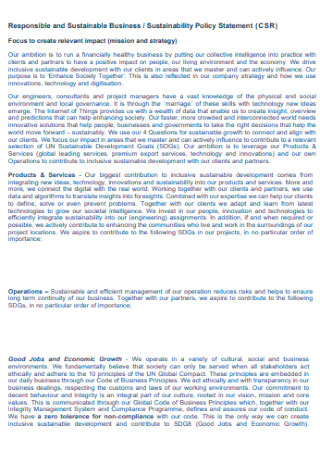
Business Sustainability Statement
download now -

Sustainability Statement in Job Description
download now -
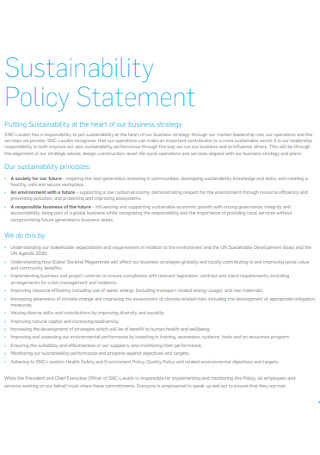
Sustainability Policy Statement Template
download now -

Environmental Sustainability Policy Statement
download now -
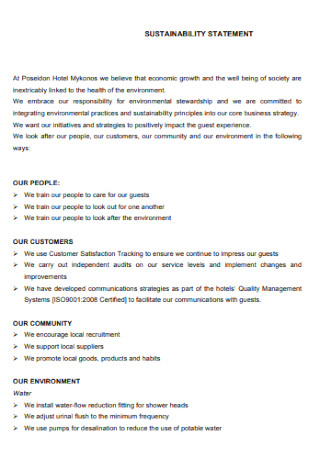
Hotel Sustainability Statement
download now -
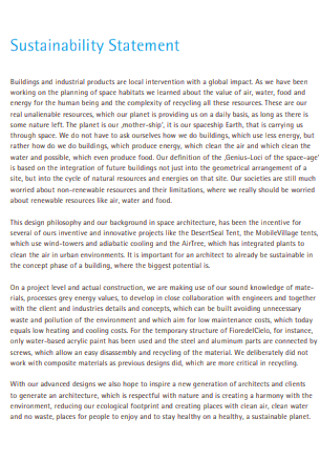
Sample Sustainability Statement Template
download now -
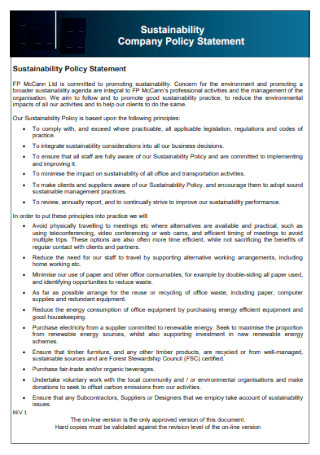
Company Sustainability Statement
download now -
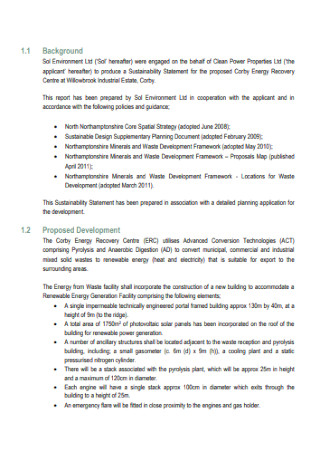
Property Sustainability Statement
download now -
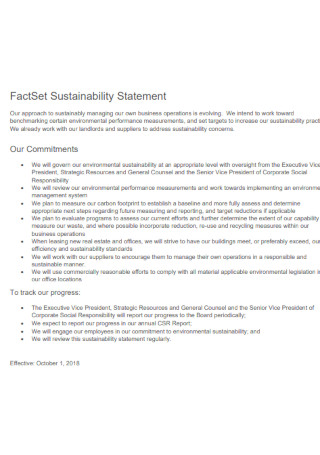
FactSet Sustainability Statement
download now -
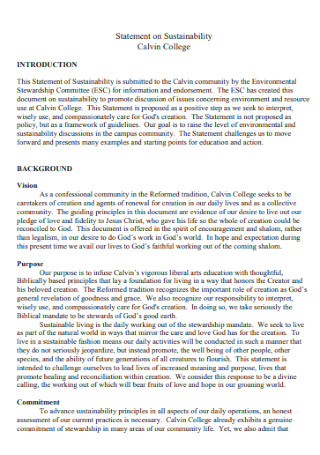
College Statement on Sustainability
download now -
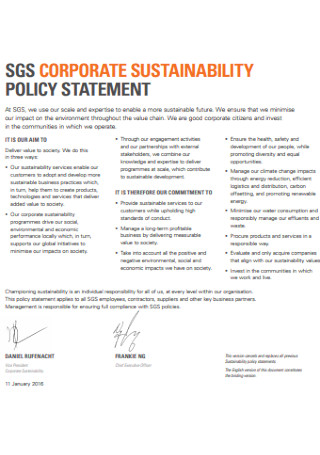
Corporate Sustainability Policy Statement
download now -
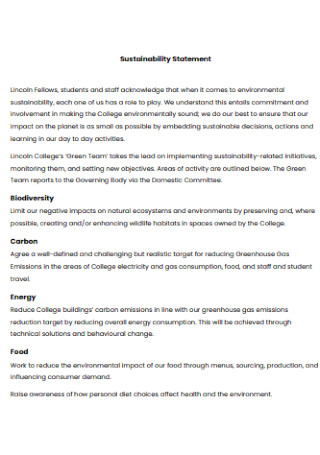
Sustainability Statement Format
download now -
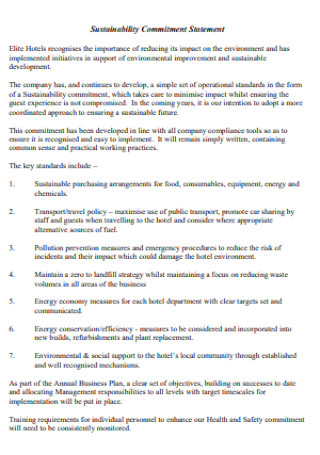
Sustainability Commitment Statement
download now -
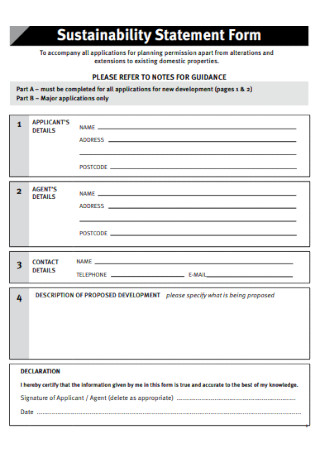
Sustainability Statement Form
download now -
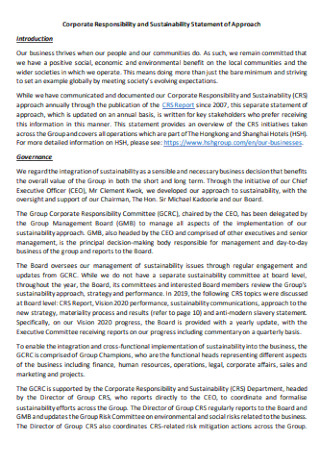
Corporate Responsibility and Sustainability Statement
download now -
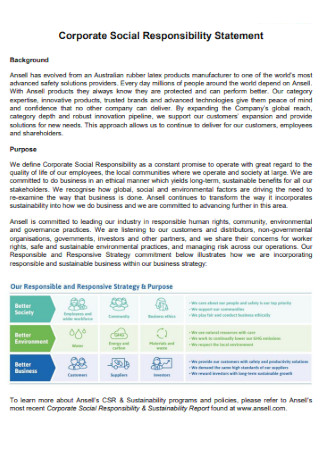
Corporate Social Responsibility Statements
download now -
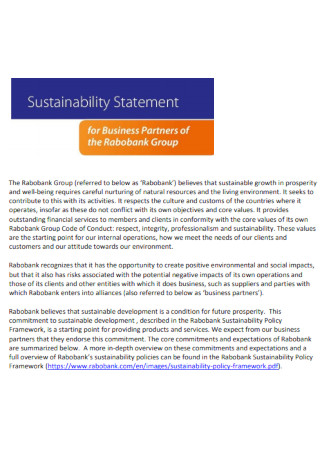
Sustainability Statement for Business Partners
download now -
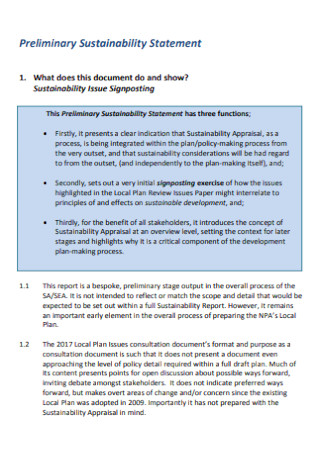
Preliminary Sustainability Statement
download now -

Energy and Sustainability Statement
download now -

Simple Sustainability Statement Template
download now -
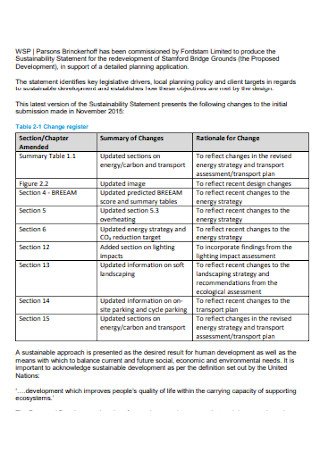
Sample Revised Sustainability Statement
download now -
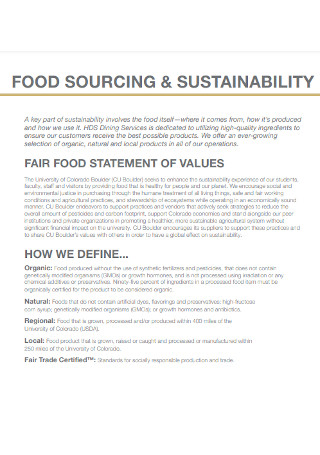
Food Sustainability Statement Template
download now -
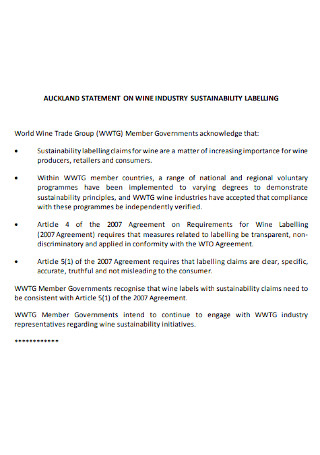
Industry Sustainability Statement
download now -
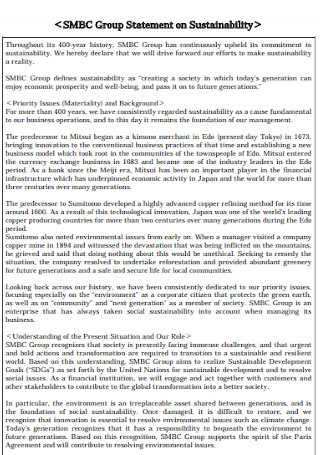
Group Statement on Sustainability Template
download now -
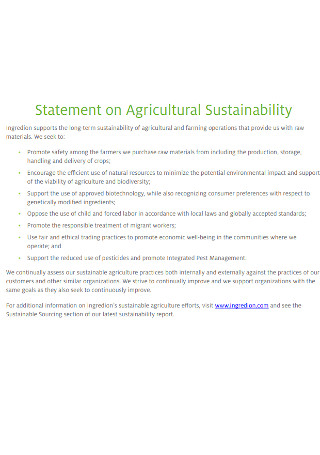
Statement on Agricultural Sustainability
download now -
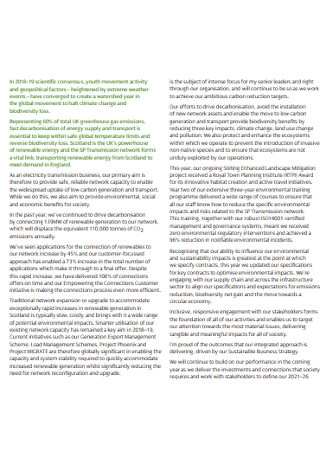
Annual Sustainability Statement
download now -
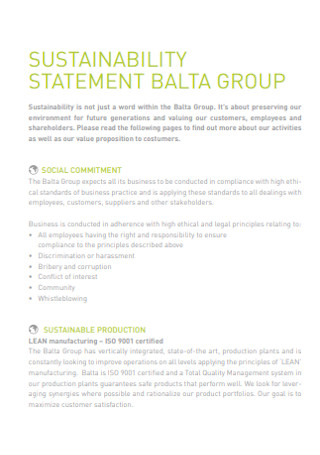
Company Group Sustainability Statement
download now -
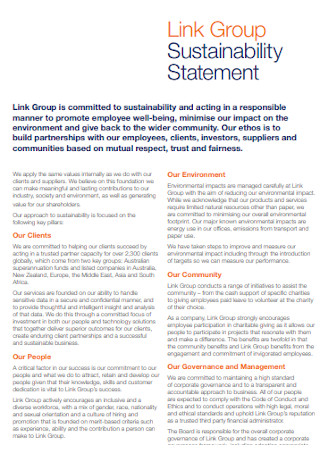
Link Group Sustainability Statement
download now -

Supplier Sustainability Statement
download now -
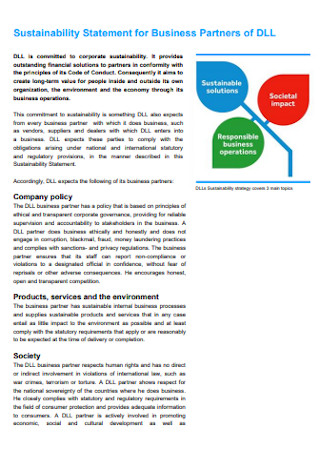
Sustainability Statement for Business Partners Template
download now -
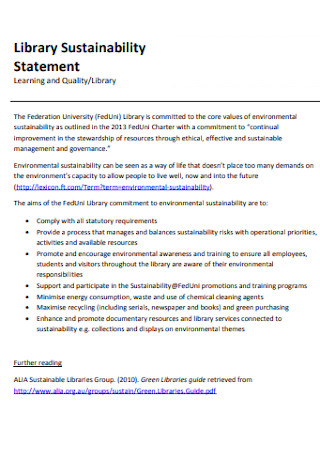
Library Sustainability Statement
download now -
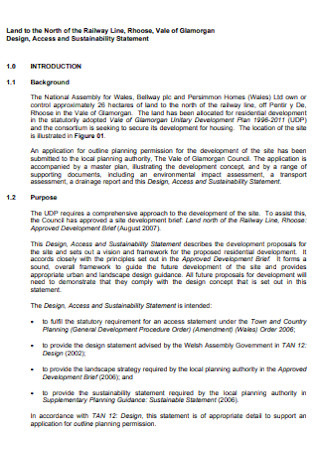
Access and Sustainability Statement
download now -
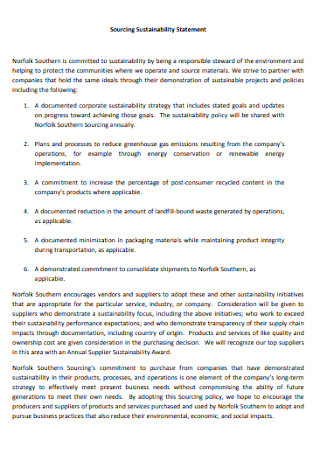
Sourcing Sustainability Statement
download now -

Planning and Sustainability Statement
download now -
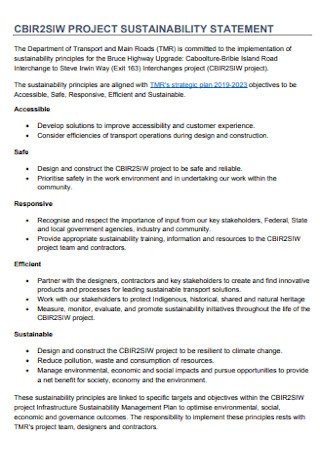
Project Sustainability Statement Template
download now -
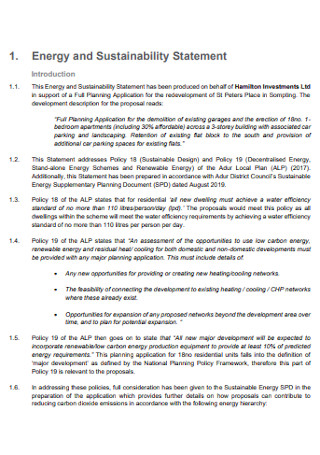
Energy and Sustainability Statement Template
download now -
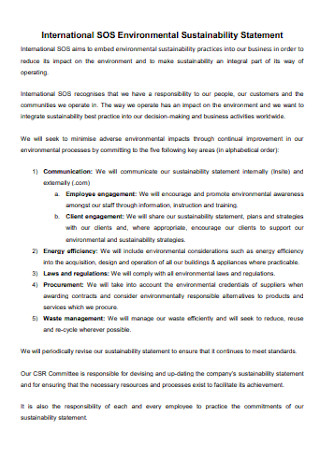
International Environmental Sustainability Statement
download now -
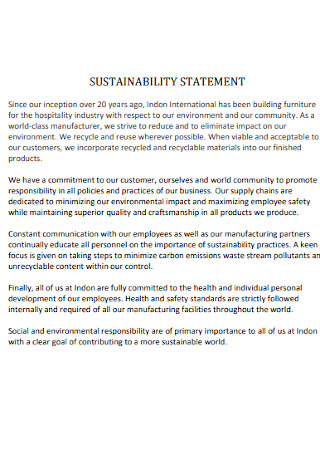
Basic Sustainability Statement Example
download now -
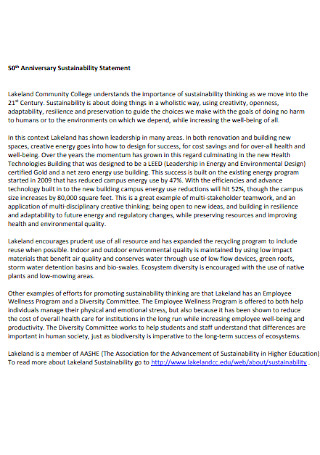
Anniversary Sustainability Statement
download now -
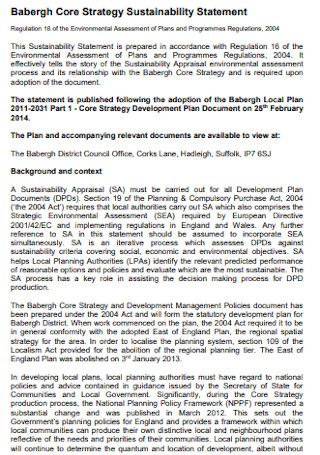
Core Strategy Sustainability Statement
download now -

Printable Sustainability Statement Template
download now
FREE Sustainability Statement s to Download
40+ Sample Sustainability Statements
What Is a Sustainability Statement?
Important Concepts in Sustainability
Tips to Become a More Sustainable Organization
How to Create a Sustainability Statement
FAQs
How do you write a sustainability statement?
What is an example of sustainability?
What are the 3 main principles of sustainability?
What Is a Sustainability Statement?
A sustainability statement is a formal statement that seeks to promote sustainable practices and policies within an organization. Essentially, any industry can come up with a formal statement that reinforces their commitment to sustainability.
According to an article published by Georgetown University, Germany ranks the highest when it comes to world recycling rates. It is then followed by Austria, South Korea, and Wales.
Important Concepts in Sustainability
To act or behave in a sustainable way can mean many things for different people. For some companies and corporations, it could mean minimizing their carbon footprint. For private individuals, it could simply mean adopting more eco-friendly lifestyle changes. There are various concepts at play and interlinked with one another when it comes to sustainability. The following examples below describe some of these major concepts and ideas.
Tips to Become a More Sustainable Organization
There can be a number of ways to promote sustainability in your organization. It can be through little individual acts or dramatic and significant changes in the workplace. The following examples are just some simple yet powerful tips that can help promote greater sustainability in your organization.
How to Create a Sustainability Statement
To create a sustainability statement, you need commitment to see it through. And if you are looking for quick and reliable sample statements to use as a guide, there are dozens of editable templates above to choose from. Select one that suits your needs then follow the basic steps below.
Step 1: Identify the Objective
The first step in crafting a sustainable statement is knowing what your objective is. You need to be able to establish the direction you are going. What is the purpose behind your sustainability statement? Is it merely to impress clients and other stakeholders? Or are you really driven by the desire to promote more sustainable and ethical corporate practices? If sustainability is one of your company’s goals, then you must be clear and specific as to how you envision a more sustainable organization. Keep your objective brief and straightforward. Avoid making this section too lengthy or too vague.
Step 2: Establish a Vision and Mission
The next step is establishing a sustainable vision as well as a mission. As stated previously, how you envision a sustainable organization is key. What does a sustainable future look like to you? It pays to be creative and imaginative when coming up with a clear vision. In the same way, a mission statement that captures your objectives should also be included. The two usually go together. It is important to keep both your vision and mission brief but concrete. If you are unsure of how to write one, there are numerous sample mission and vision statements available that you can use as reference.
Step 3: Be Specific and Concrete
It is important to note that a sustainability statement can be as detailed or simple as you want it. The fine details and content of your statement would greatly depend on your organizational needs and objectives. So once you have established a clear vision and mission statement, make sure these are specific and concrete. Choose your words carefully and try to use proactive language as much as possible. If applicable, you can even back your statement up with supporting data or figures. It may add more credibility and substance to your sustainability statement.
Step 4: Formalize the Assertion
The last step in creating a sustainability statement is to formalize and reinforce your commitment to sustainability. Asserting your commitment is one way of the closing statement. Although a formal declaration is not always necessary, it can give your statement an added boost. Again, keep in mind your choice of words. Brief but specific and action-oriented words are more effective in communicating conviction than passive language.
FAQs
How do you write a sustainability statement?
To write a sustainability statement, you need to prepare an objective in mind. Ideally, the statement should also be reflective of the values and principles of the organization. Refer to the tutorial guide in the preview section for more detailed instructions on how to create a sustainability statement.
What is an example of sustainability?
Sustainability can be manifested in various and creative ways. A concrete example of sustainability is the regular practice of reducing waste, recycling, reusing and upcycling products.
What are the 3 main principles of sustainability?
According to an article by You Matter, there are three pillars of sustainability. These are the economy, society and the environment.
More and more organizations and establishments are coming to realize the importance and benefits of adopting a more sustainable strategy in business. Browse the wide selection of editable templates above, choose one that meets your needs and create your own sustainability statement today!
